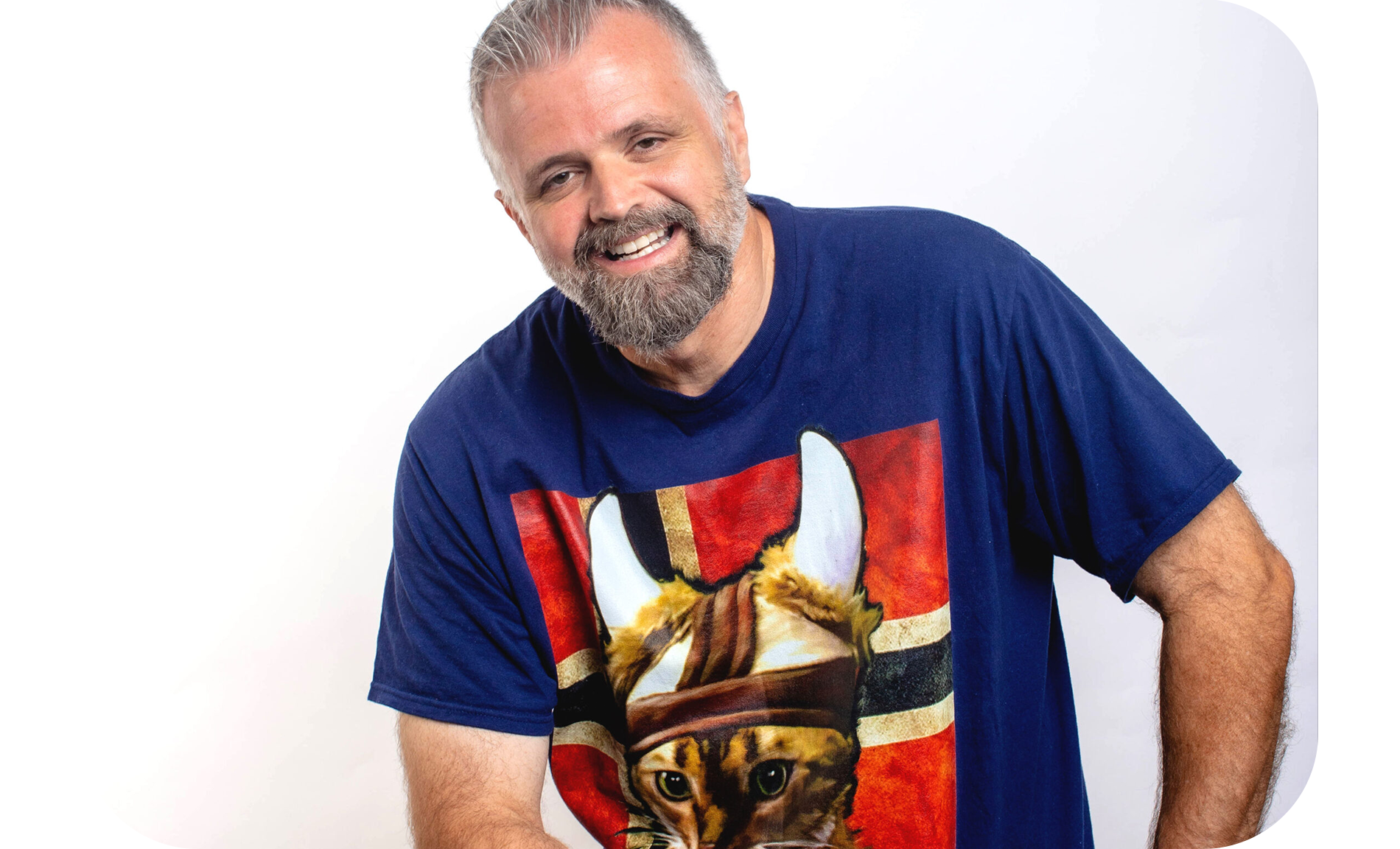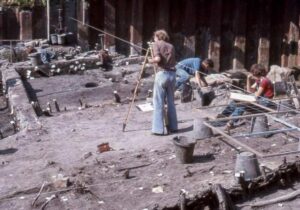“Viking Poop Halts Construction: 1,200-Year-Old Turd Stuns Archaeologists in York”
In 1972, a construction worker spotted something unusual in the wet, muddy ground while preparing to build a new Lloyds Bank in York, England. It was long and brown and looked suspiciously like someone had mistaken the hole for a bathroom.
This strange object turned out to be fossilized Viking poop, later named the Lloyds Bank Coprolite. It was extremely well-preserved for being 1,200 years old. At over eight inches long and two inches wide, it was a massive “piece” of history. The discovery was so important that it brought construction to a halt. Archaeologists were brought in, and full-scale excavations began. What followed was the discovery of some of the most incredible Viking artifacts ever found in Britain.
This fossilized feces has since become one of the most studied turds in the world. At one point, scientists even insured it for hundreds of thousands of dollars.
Upon analysis, experts learned that the person who left it behind—almost certainly a man—ate a lot of meat and bread but hardly any vegetables. His body was full of intestinal parasites, likely from drinking dirty water or living with poor hygiene. In other words, he had the kind of gut health you’d expect in the Middle Ages.
The scientists who study ancient poop are called paleoscatologists, and they don’t get enough credit. By studying ancient feces, they can figure out what people ate, what diseases they had, and even what kinds of plants and animals were around at the time. Things like seeds, bones, and fibers can pass through the digestive system and end up in poop, giving us clues—like a time capsule from the past.
But ancient poop isn’t just about diet—it also helps us understand how entire civilizations lived, and sometimes how they collapsed.
Take the Norse settlers in Greenland, for example. Around the 10th century, Vikings started a colony on the island’s southwest coast. Trying to copy the way they handled sewage back home, the Norse dug waste pits. But Greenland’s frozen ground didn’t allow proper drainage. When the ice melted in summer, waste leaked into their limited drinking water. In the end, they poisoned themselves.
Sanitation isn’t just a modern-day luxury. It can be the difference between a society thriving or falling apart.

